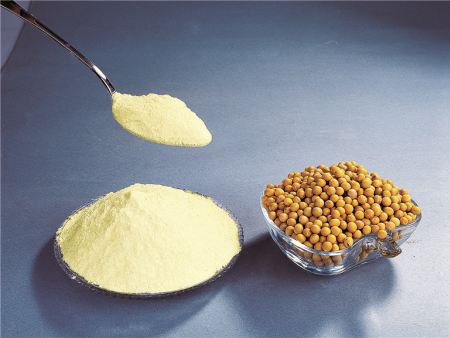Food-grade phospholipid production plant
Time:2024-04-22
The production process of food-grade phospholipids typically involves steps such as raw material processing, fermentation, extraction, and refining. Here is a general production process:
1.Raw Material Processing: High-quality raw materials, such as soybeans, are selected and processed through screening, washing, and soaking to remove impurities and residues, ensuring the purity of the raw materials.
2.Fermentation: Phosphoric acid and fatty acids are mixed in a certain ratio, and glycerol is added as a carbon source. The mixture is then transferred to a fermenter, inoculated with an appropriate amount of fermentation culture, and fermented at suitable temperature and pH conditions to facilitate the catalytic reaction of phosphoric acid and fatty acids. The fermentation typically lasts for several days, during which parameters such as temperature, pH, and agitation need to be controlled to promote microbial growth and metabolism.
3.Extraction: After fermentation is complete, the fermentation broth is separated using a centrifuge or filter. The separated fermentation broth contains phospholipids and other impurities. Subsequently, the separated fermentation broth is mixed with an appropriate organic solvent and stirred to extract the phospholipids from the solution. After stirring, the phospholipids combine with the solvent to form a layer of solution and a layer of solid. The solid phospholipids can then be obtained through centrifugation or filtration.
4.Refining: The extracted phospholipids undergo refining processes, including solvent removal, decolorization, and deodorization, to improve the purity and quality of the phospholipids.
Additionally, depending on the specific application and type of phospholipids, other processing steps may be required, such as vacuum concentration, addition of fluidizing agents to prepare liquid phospholipids, and bleaching to meet the requirements of light-colored foods.
The above is a general process for the production of food-grade phospholipids. The specific production methods may vary due to factors such as raw materials, processes, and equipment. During actual production, strict compliance with food safety standards and regulatory requirements is necessary to ensure the quality and safety of the products.


 CN
CN





